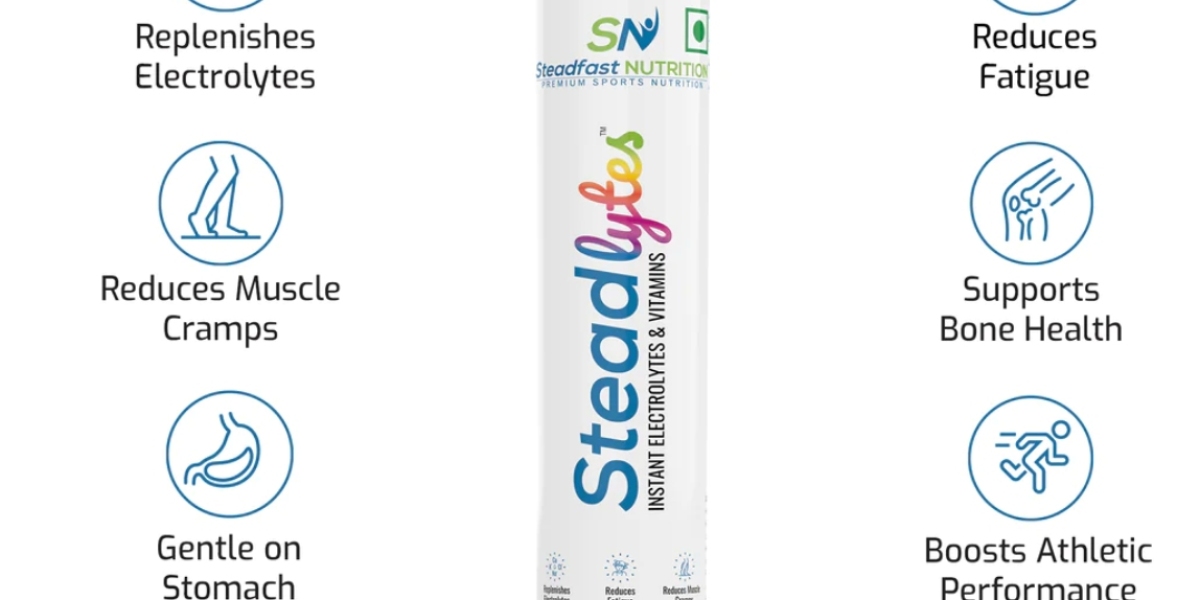In our quest for optimal health, one of the fundamental aspects that often gets overlooked is maintaining a proper balance of fluids and electrolytes within our bodies. This intricate equilibrium plays a pivotal role in ensuring our bodily functions run smoothly. From regulating blood pressure to supporting nerve function, fluid, and electrolyte Drinks balance is the unsung hero behind our overall well-being. In this comprehensive guide, we will delve into the intricate details of fluid and electrolyte Drink balance and why it is crucial for our health.
Understanding the Basics
What are Fluids and Electrolytes?
Fluids, in the context of our bodies, refer to the various liquids that circulate within us. These include blood, plasma, interstitial fluid, and intracellular fluid. On the other hand, electrolytes are electrically charged minerals that dissolve in these fluids. The most common electrolytes include sodium, potassium, calcium, magnesium, chloride, bicarbonate, and phosphate.
The Significance of Balance
Maintaining the right balance of fluids and electrolytes is vital for several reasons:
Cell Function: Electrolytes are essential for proper cell function. They help in transmitting electrical signals between cells, ensuring that our muscles contract and our nerves function optimally.
Blood Pressure Regulation: Sodium and potassium, in particular, play a significant role in regulating blood pressure. An imbalance can lead to hypertension or low blood pressure, both of which are harmful to our health.
pH Balance: Electrolytes help maintain the body's pH balance. This is crucial because even a slight deviation from the optimal pH level can disrupt various bodily processes.
Hydration: Adequate fluid intake and electrolyte balance are key to staying properly hydrated. Dehydration can lead to a range of health issues, from kidney stones to heatstroke.
Maintaining Fluid and Electrolyte Balance
Hydration - The Foundation
The cornerstone of a healthy fluid and electrolyte balance is proper hydration. Water is the primary component of bodily fluids, and consuming an adequate amount daily is vital. The general recommendation is to drink at least eight 8-ounce glasses of water a day, but individual needs may vary.
Dietary Sources
Maintaining electrolyte balance is not only about drinking water but also about consuming foods rich in these essential minerals. Here are some dietary sources of key electrolytes:
- Sodium: Found in table salt, processed foods, and some vegetables.
- Potassium: Abundant in bananas, potatoes, and citrus fruits.
- Calcium: Dairy products, leafy greens, and almonds are excellent sources.
- Magnesium: Nuts, seeds, and whole grains are magnesium-rich foods.
- Chloride: This electrolyte is usually consumed as part of table salt.
Fluid and Electrolyte Imbalance
An imbalance in fluid and electrolyte levels can lead to various health issues. Some common problems include:
Dehydration: This occurs when the body loses more fluids than it takes in, often due to excessive sweating, diarrhea, or inadequate water intake.
Hyponatremia: This condition results from low sodium levels in the blood and can lead to symptoms like confusion, nausea, and even seizures.
Hyperkalemia: High potassium levels can disrupt the normal rhythm of the heart and lead to palpitations and muscle weakness.
The Role of Electrolytes in Physical Activity
For those engaged in regular physical activity, the importance of maintaining proper fluid and electrolyte balance cannot be overstated. Sweating during exercise can result in the loss of significant amounts of both fluids and electrolytes. Here's how to stay balanced during workouts:
Pre-Workout: Consume a balanced meal or snack with a mix of carbohydrates and electrolytes to ensure your body is well-prepared for exercise.
During Exercise: Stay hydrated by sipping water regularly. For longer or more intense workouts, consider a sports drink that replenishes both fluids and electrolytes.
Post-Workout: Rehydrate and refuel with a combination of fluids and a balanced meal. This helps in restoring lost electrolytes and promoting muscle recovery.
Medical Conditions and Fluid-Electrolyte Balance
Certain medical conditions can affect fluid and electrolyte balance. Conditions like kidney disease, heart conditions, and diabetes can disrupt the body's ability to maintain equilibrium. It is crucial for individuals with such conditions to work closely with healthcare professionals to manage their fluid and electrolyte balance effectively.
Conclusion
In the grand orchestra of our bodies, fluid and electrolyte balance play the role of the conductor, ensuring that each instrument (organ) plays in harmony. Neglecting this essential aspect of health can lead to a discordant symphony of health problems.
To summarize, maintaining the equilibrium of fluids and electrolytes through proper hydration, a balanced diet, and conscious efforts during physical activity is vital for overall well-being. By understanding and respecting this balance, we can achieve optimal health and vitality.









